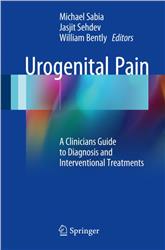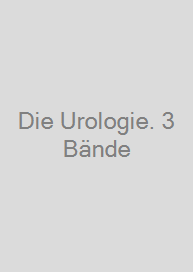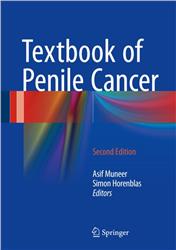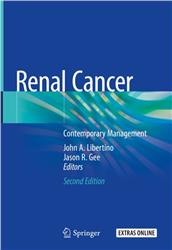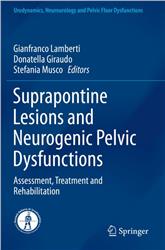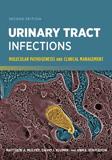Urodynamics for Urogynecologists
A Pocket Guide for Clinical Practice
| Auflage | 2018 |
| Seiten | 200 pp., 60 illus. |
| Verlag | Springer |
| ISBN | 9783319740041 |
| Artikel-Nr. | 562460 |
Lieferzeit ca. 5 Werktage
Produktbeschreibung
This book offers gynecologists and urogynecologists a pocket guide to urodynamic testing for assessing and diagnosing women with lower urinary tract symptoms. In female urology, the main indications for urodynamics are urinary incontinence, pelvic organ prolapse, urgency-frequency syndrome (also known as overactive bladder), emptying disorders and painful bladder.By collecting quantitative measurements while reproducing the patient’s voiding symptoms where appropriate and possible, urodynamics helps to identify the cause of symptoms, while also supporting direct management and facilitating prognoses. Despite the undeniable advantages, the role of urodynamics in female urology is heatedly debated.The guide starts by describing the physiological background and methodological considerations for urodynamic best practices in the preclinical setting. It then explains how to perform urodynamics correctly – so-called “good urodynamic practice”— to help increase the readers’ confidence and ability to perform and interpret urodynamic investigations, and so improve accuracy, reliability and consistency. Lastly, the advantages and disadvantages of urodynamic testing in each of the key clinical conditions concerning female urology are reviewed. A separate chapter focuses on the peculiarities of diagnosis and management for female patients with neurogenic bladder.This guide offers a valuable tool for gynecologists, urologists and urogynecologists, as well as a ready source of information for all physicians involved in diagnosing and treating lower urinary tract disorders in women.

Bleiben Sie informiert!
Melden Sie sich für den frohberg.de-Newsletter an und nutzen Sie jetzt Ihre Vorteil:- Willkommens-Dankeschön: Beatmungsmaske Rescue Me
- Aktuelle Neuerscheinungen und Empfehlungen
- Exklusive Angebote und Kongress-Highlights

